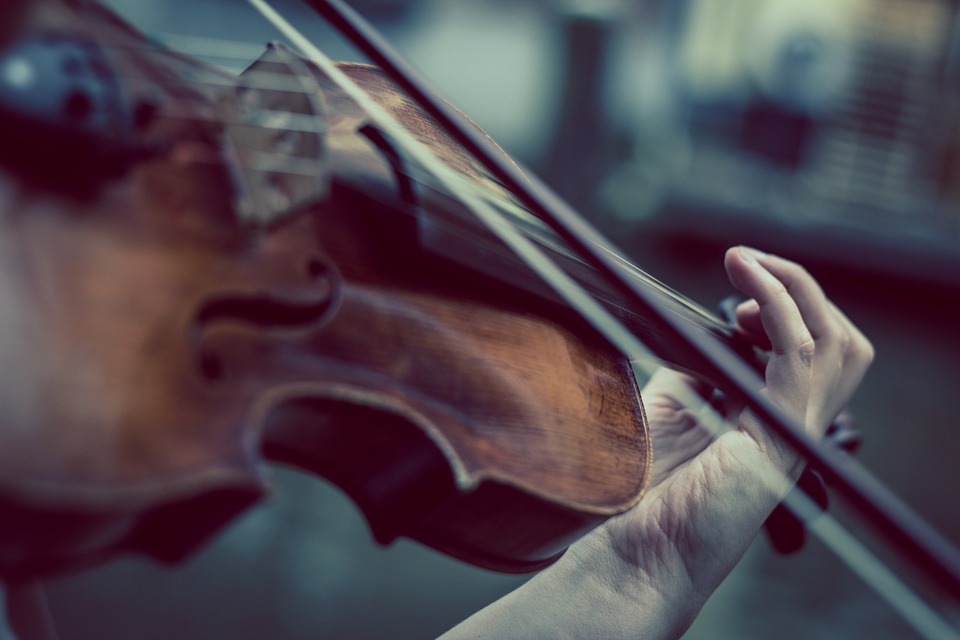Introduction
Teaching the violin is an art in itself, requiring patience, skill, and a deep understanding of both music theory and the mechanics of the instrument. There are countless different approaches to teaching violin, each with its own strengths and weaknesses. In this article, we will explore some of the most common teaching methods for violin pedagogy, examining their benefits and challenges.
Suzuki Method
The Suzuki Method is perhaps the most well-known and widely-used teaching method for violin pedagogy. Developed by Japanese violinist Shinichi Suzuki in the mid-20th century, this method is based on the idea that musical ability can be developed in the same way as language acquisition – through listening and imitation.
One of the key principles of the Suzuki Method is the belief that any child can learn to play the violin if they are given the right environment and support. This method emphasizes ear training, with students learning to play by ear before they learn to read sheet music. The Suzuki Method also encourages parental involvement, with parents attending lessons with their children and acting as practice partners at home.
One of the main criticisms of the Suzuki Method is that it can be overly prescriptive, with some teachers feeling that it restricts their ability to adapt their teaching style to the needs of individual students. However, many teachers find that the focus on ear training and parental involvement can be highly effective in helping students to develop a strong musical foundation.
Orff Schulwerk Method
The Orff Schulwerk Method, developed by German composer Carl Orff, is a holistic approach to music education that emphasizes creativity and improvisation. This method is based on the idea that music should be a natural part of a child’s life, and that learning to play an instrument should be a joyful and spontaneous experience.
In the Orff Schulwerk Method, students are encouraged to explore music through movement, singing, and playing instruments such as the violin. This approach is particularly well-suited to young children, as it allows them to learn music in a way that is engaging and interactive.
One of the strengths of the Orff Schulwerk Method is that it can be easily adapted to suit students of all ages and abilities. Teachers can use a variety of different teaching techniques, including singing, rhythm games, and improvisation, to help students develop their musical skills in a fun and creative way.
Traditional Method
The Traditional Method of teaching violin is a more structured and formal approach to music education. In this method, students typically learn to read sheet music from an early age, and the focus is on developing technical proficiency and musical accuracy.
One of the main advantages of the Traditional Method is that it provides students with a solid foundation in music theory and technique. Students who learn to read sheet music from a young age are able to access a wider range of musical repertoire and are better able to understand the structure of music.
However, some teachers find that the Traditional Method can be overly rigid and focused on technical perfection at the expense of musical expression. This method can also be challenging for young students who may struggle with reading music or who may find the emphasis on technical skill to be overwhelming.
Conclusion
There are many different teaching methods for violin pedagogy, each with its own strengths and weaknesses. The key to successful violin teaching is to find an approach that works for both the teacher and the student, taking into account the individual needs and learning styles of each student.
Whether you choose to follow the Suzuki Method, the Orff Schulwerk Method, or a more traditional approach, the most important thing is to create a supportive and encouraging learning environment where students can develop their musical skills and express themselves creatively through their violin playing. By exploring different teaching methods and adapting your approach to suit the needs of your students, you can help them to reach their full potential as musicians.


